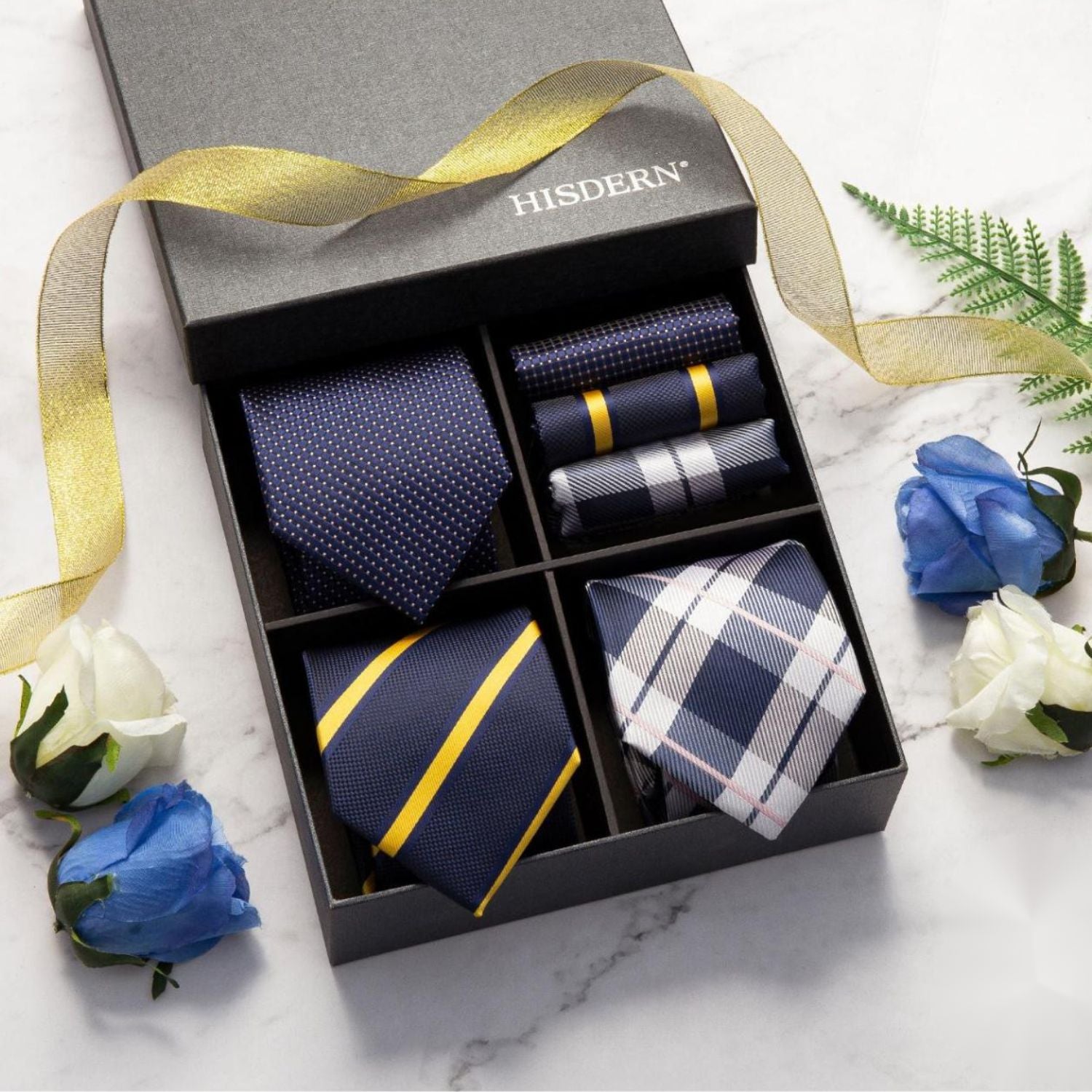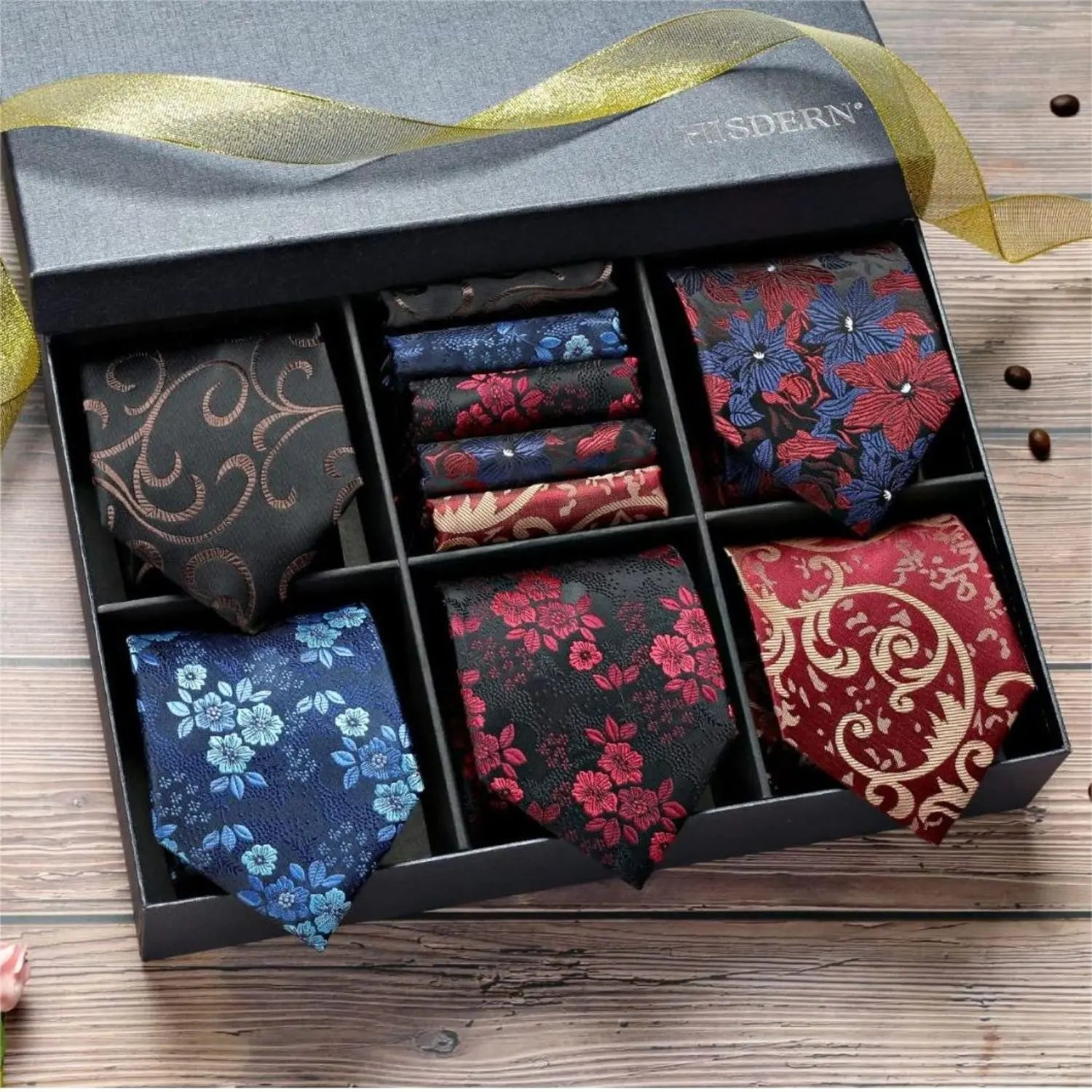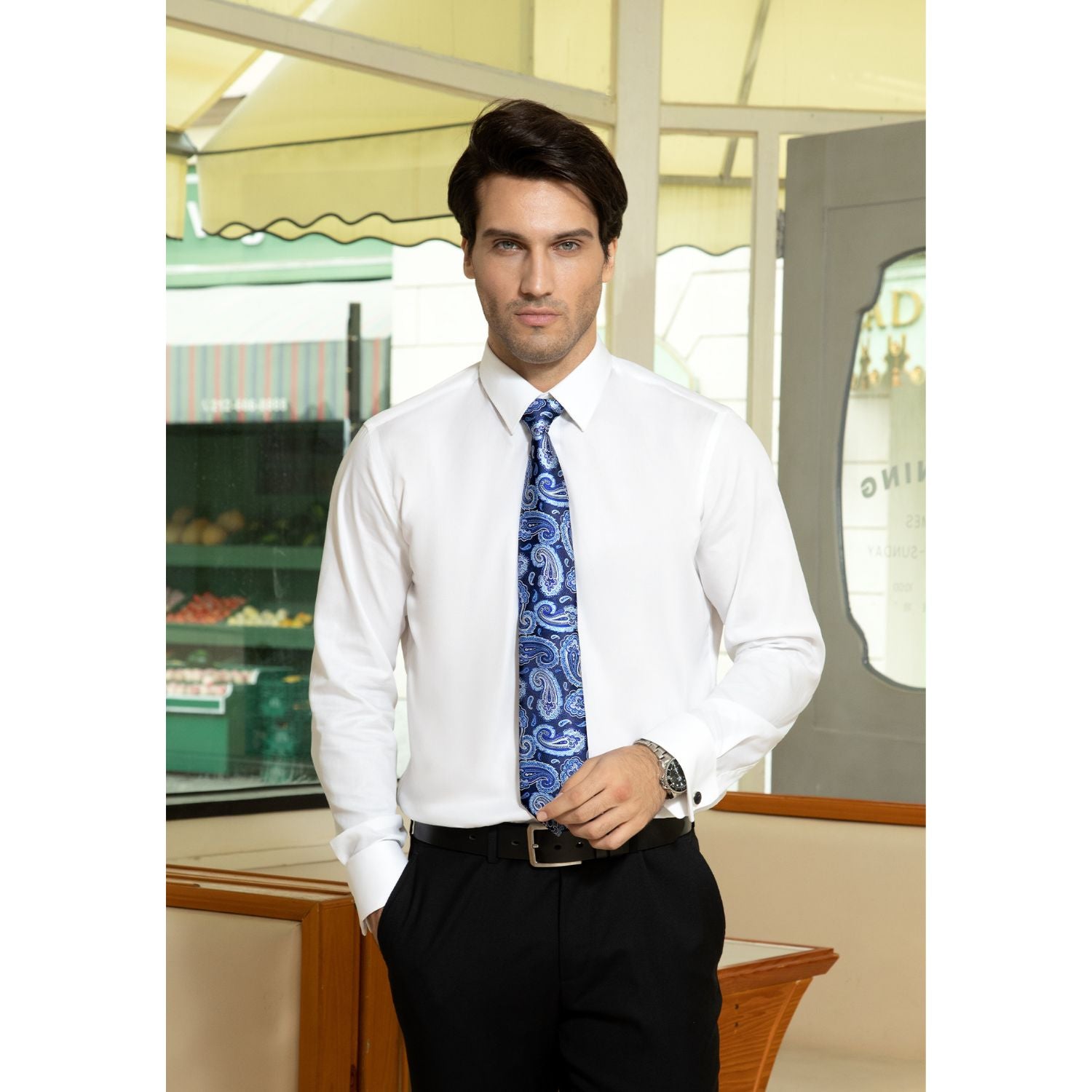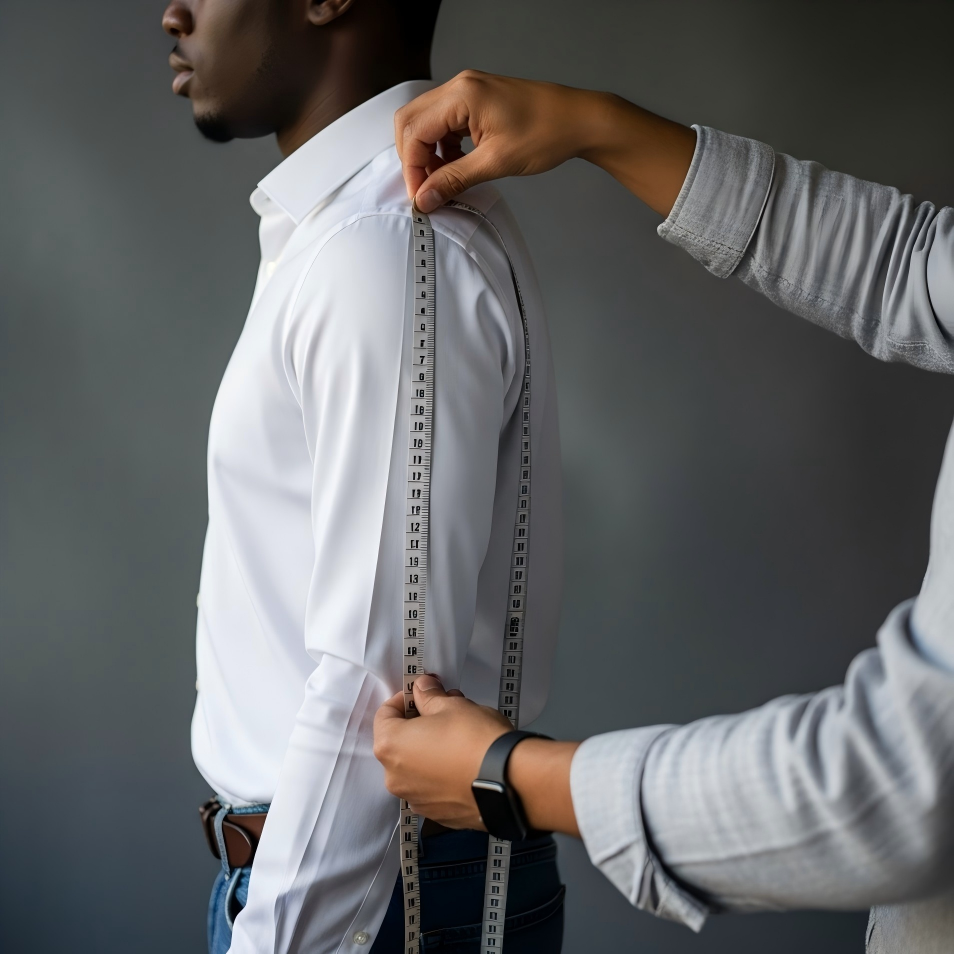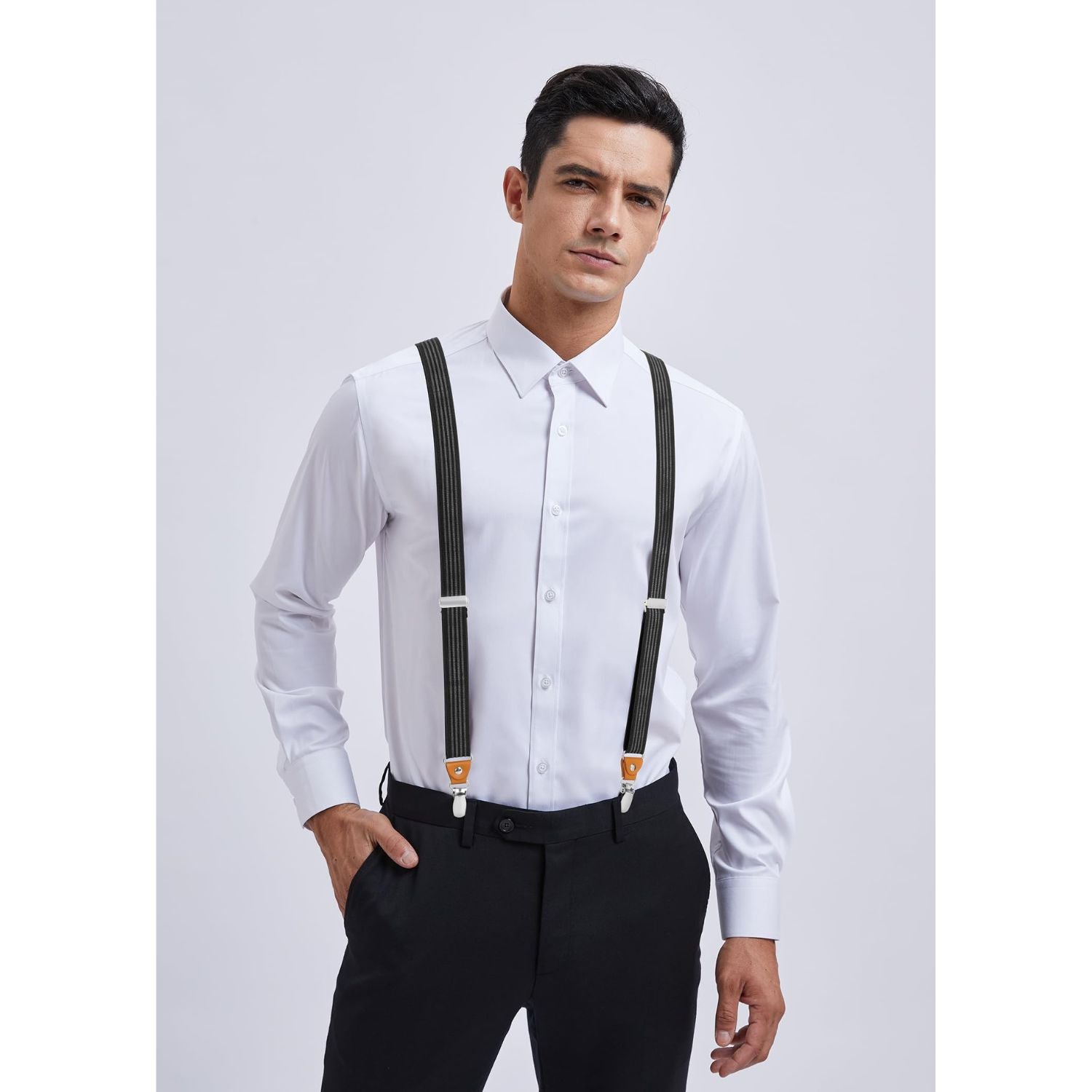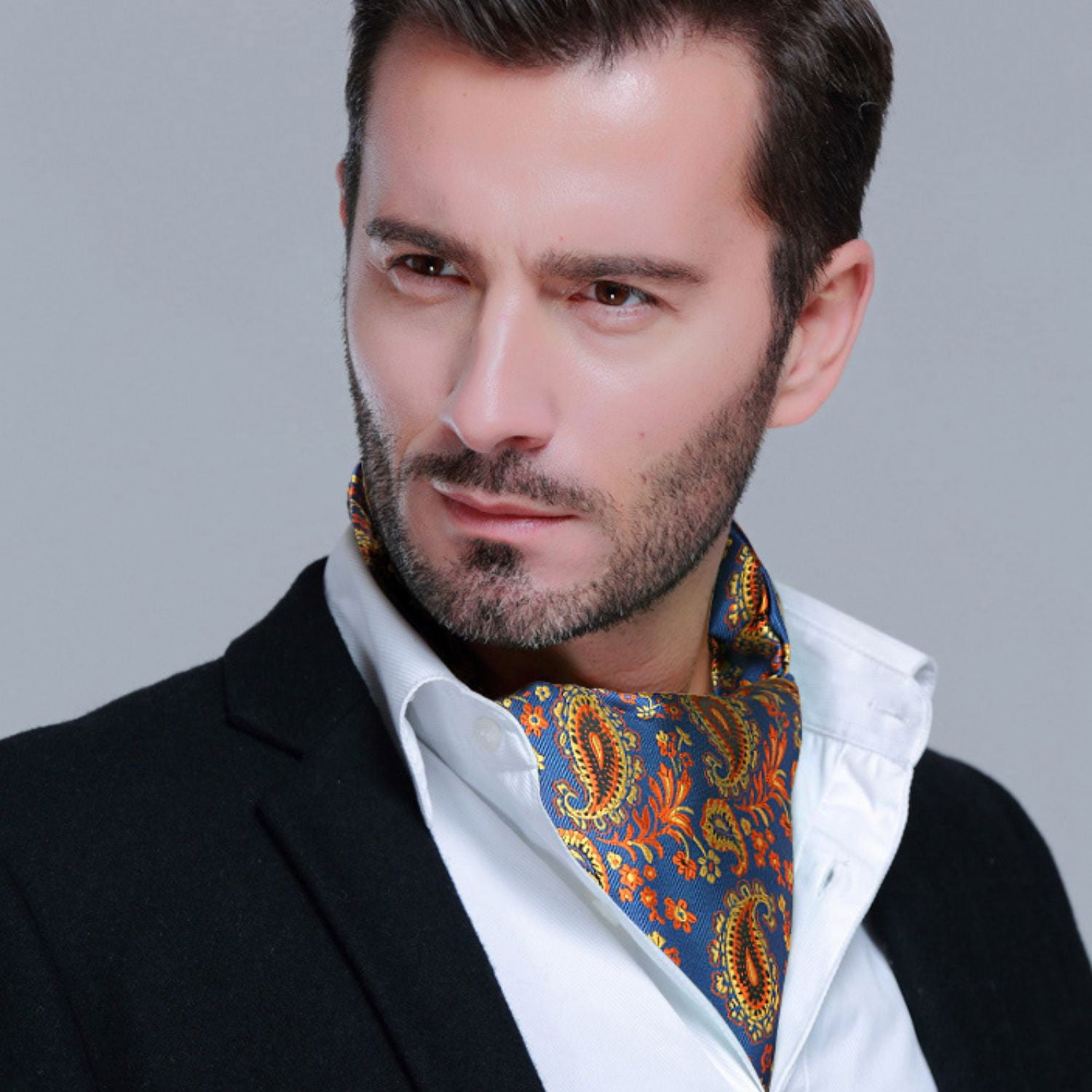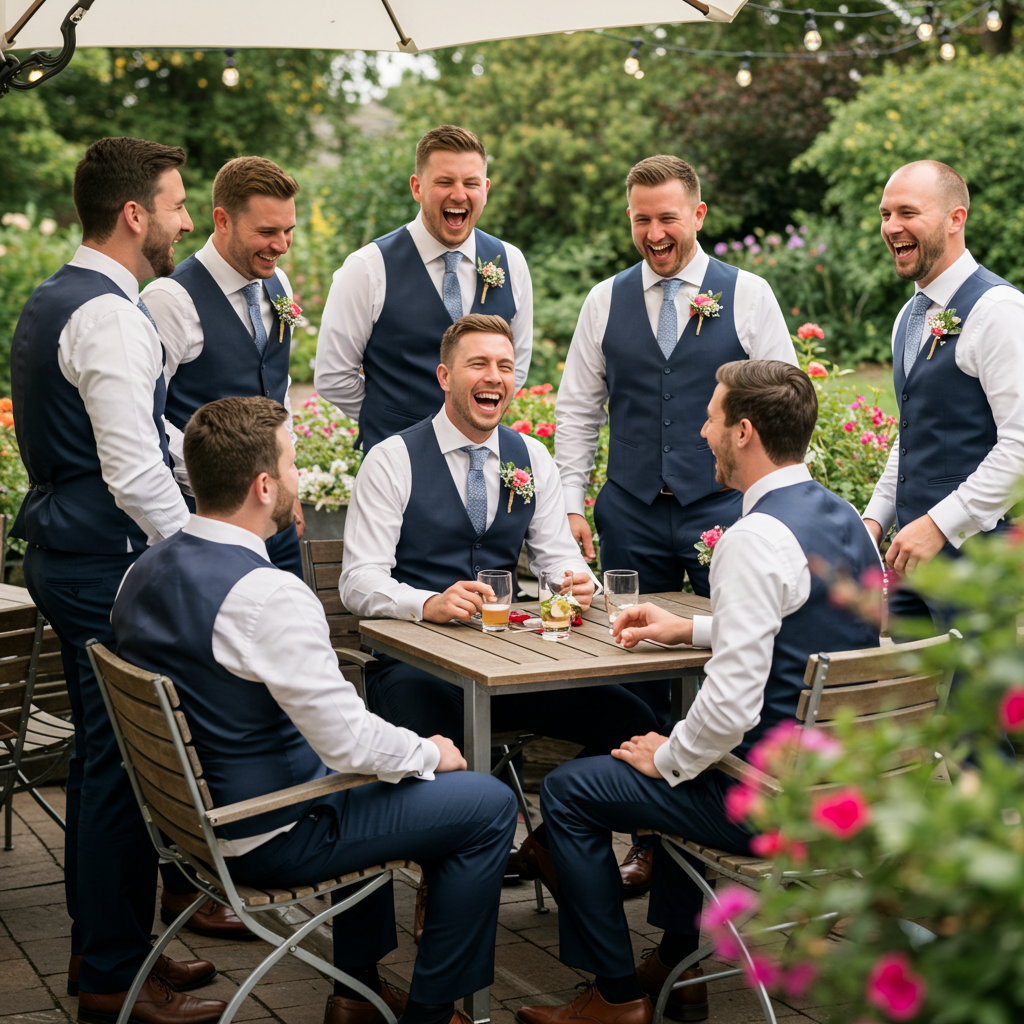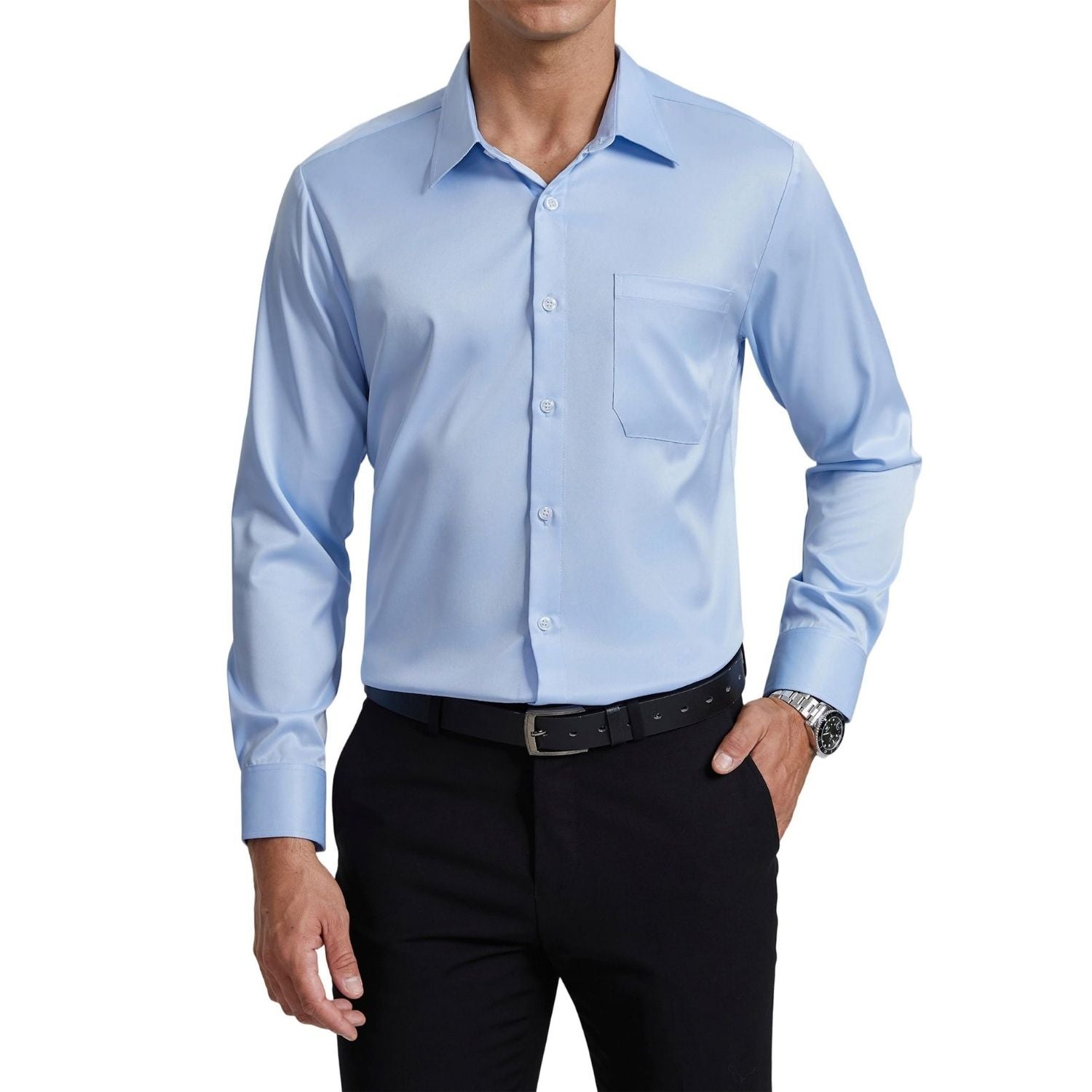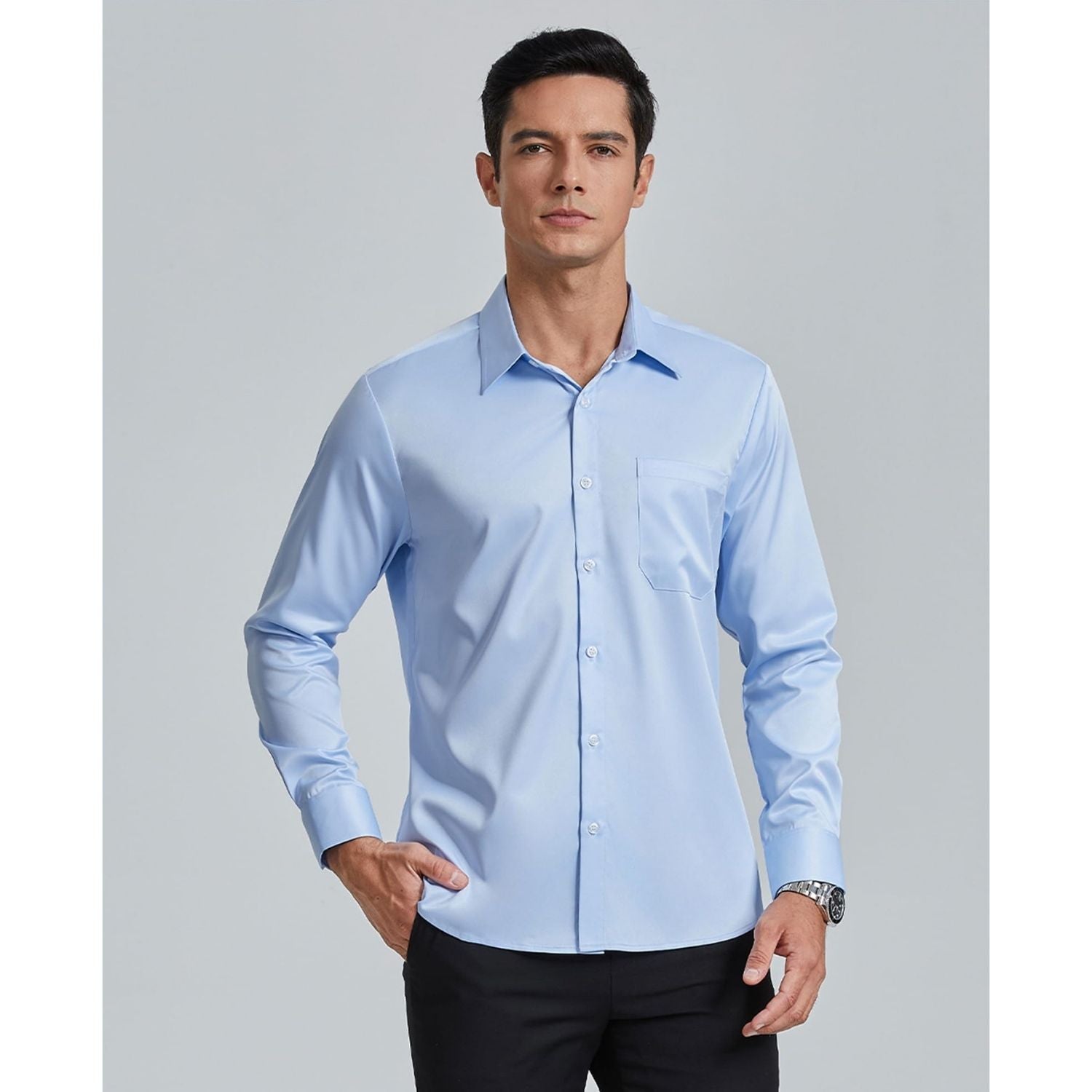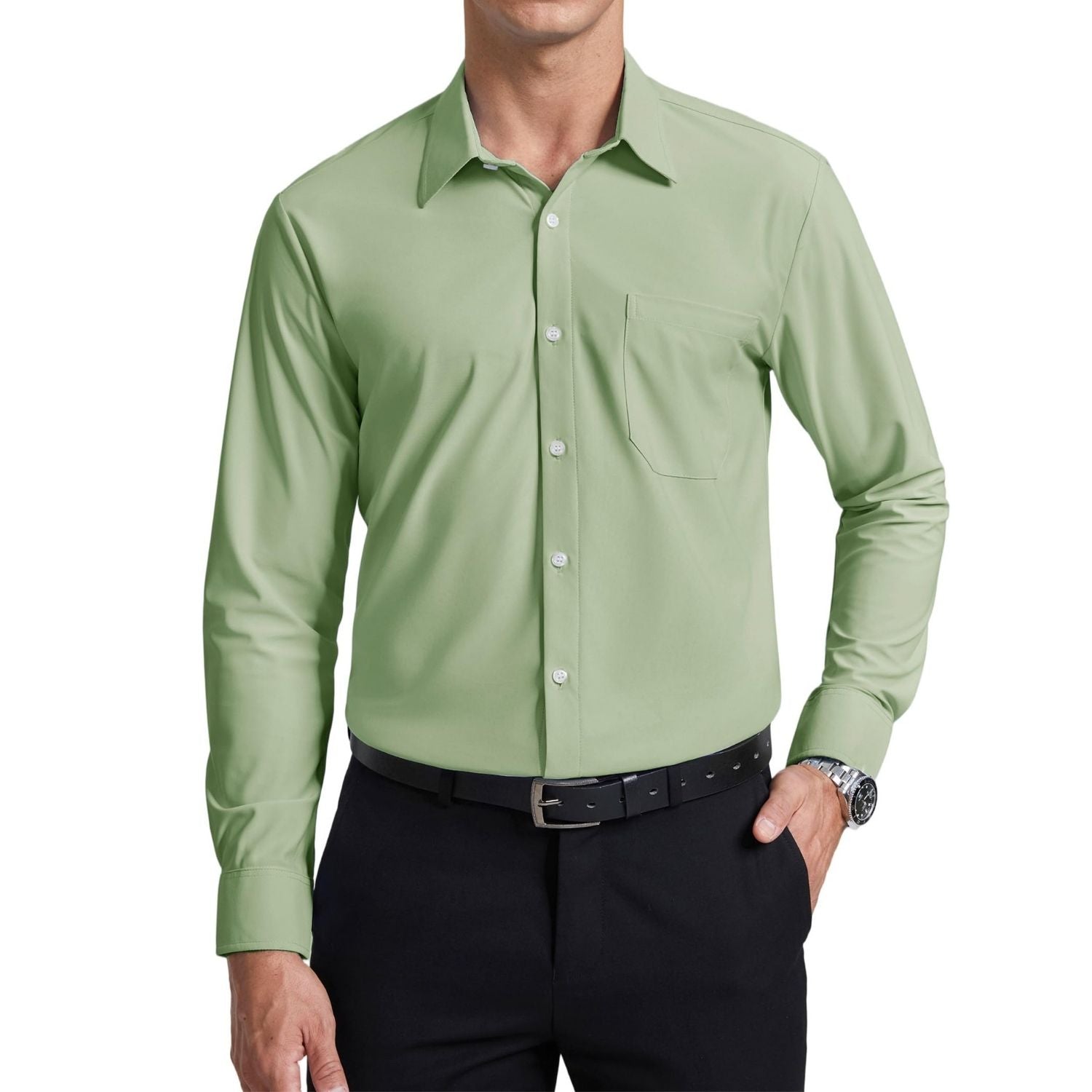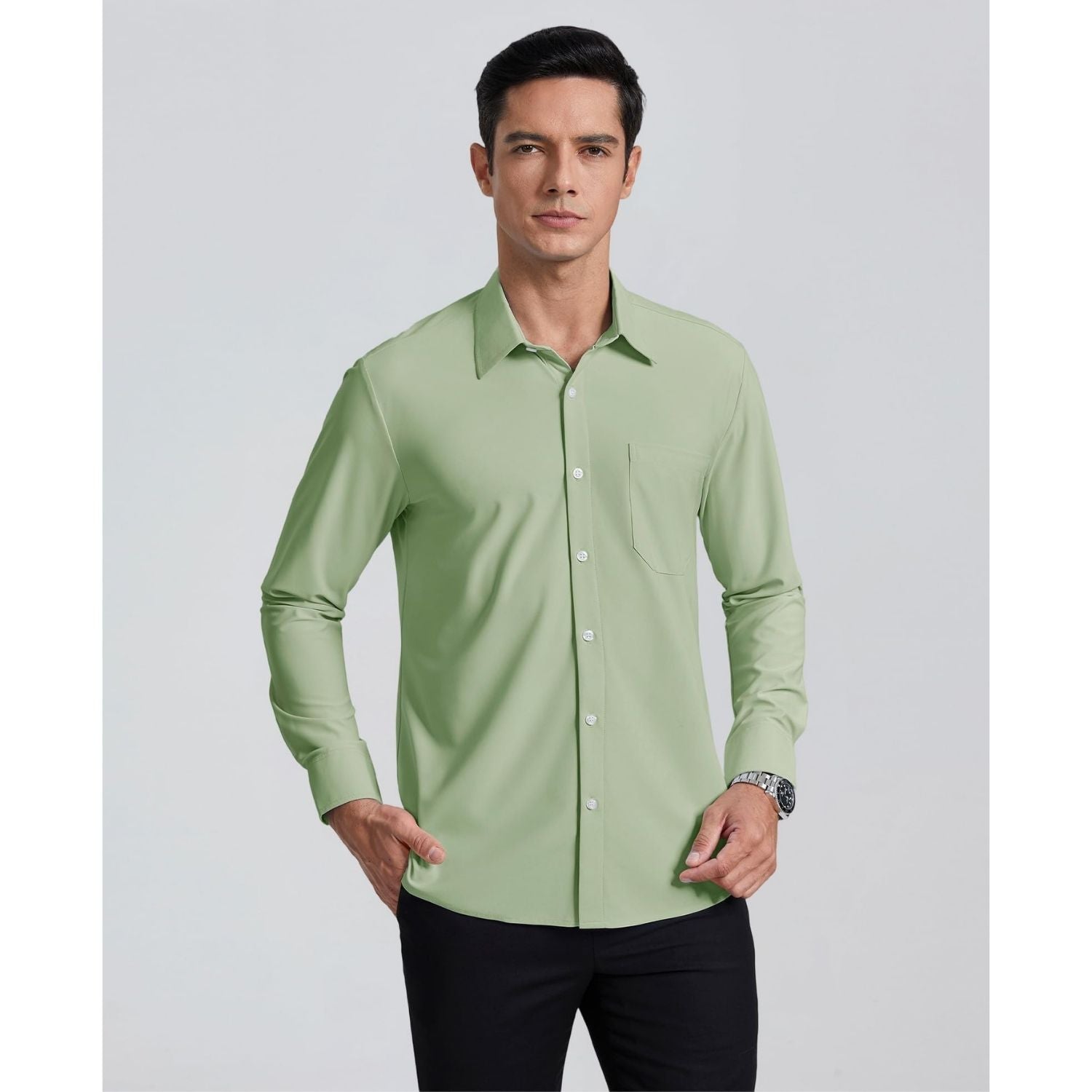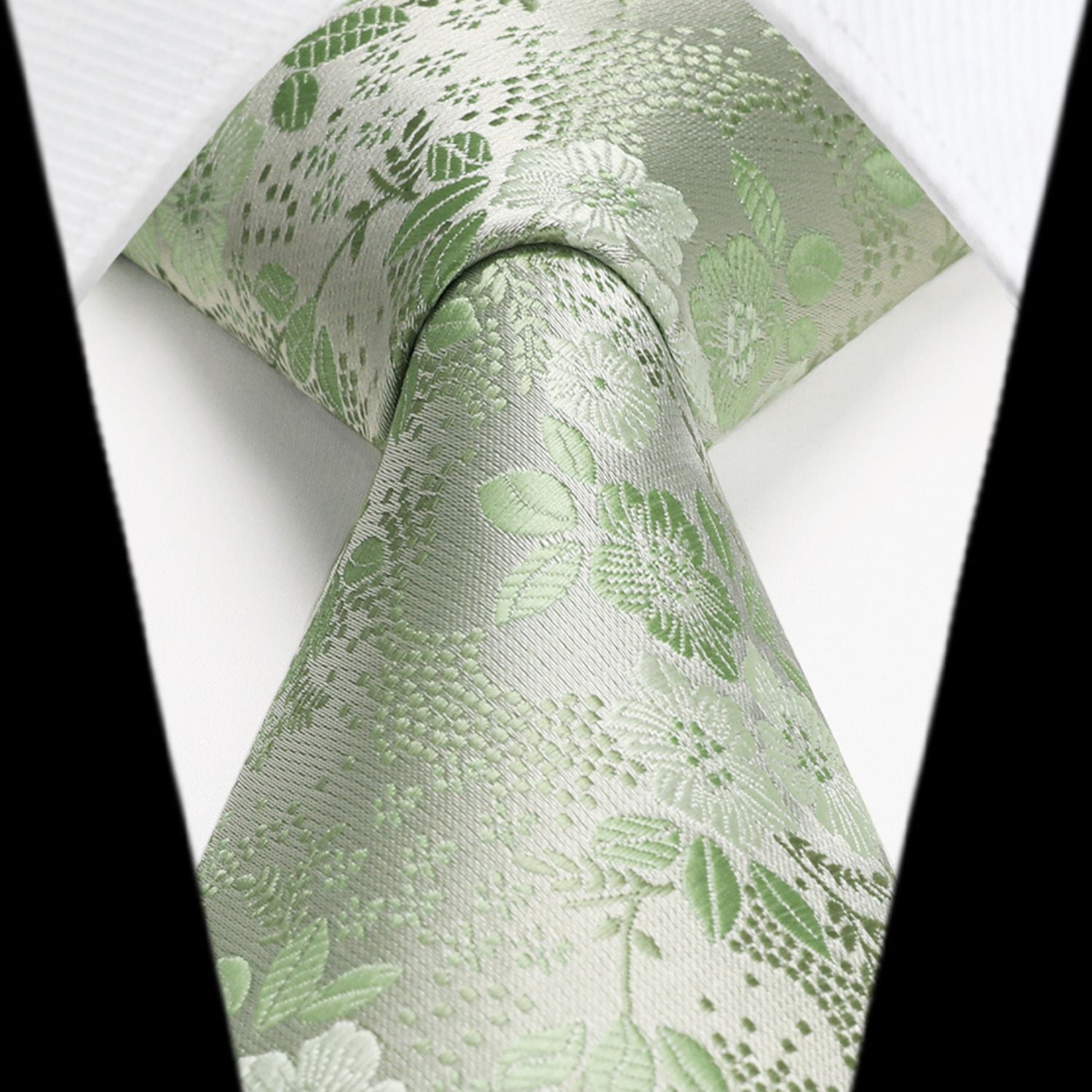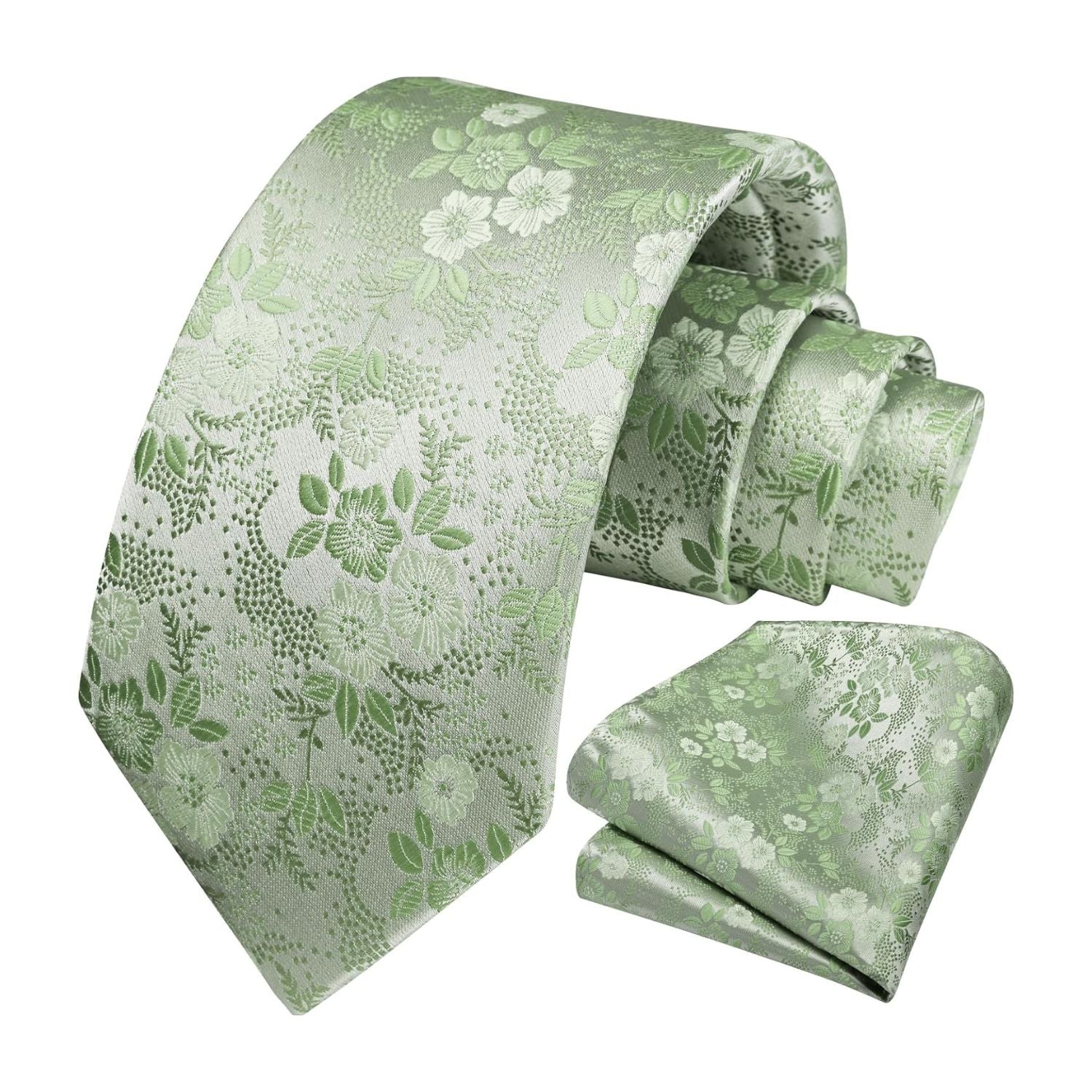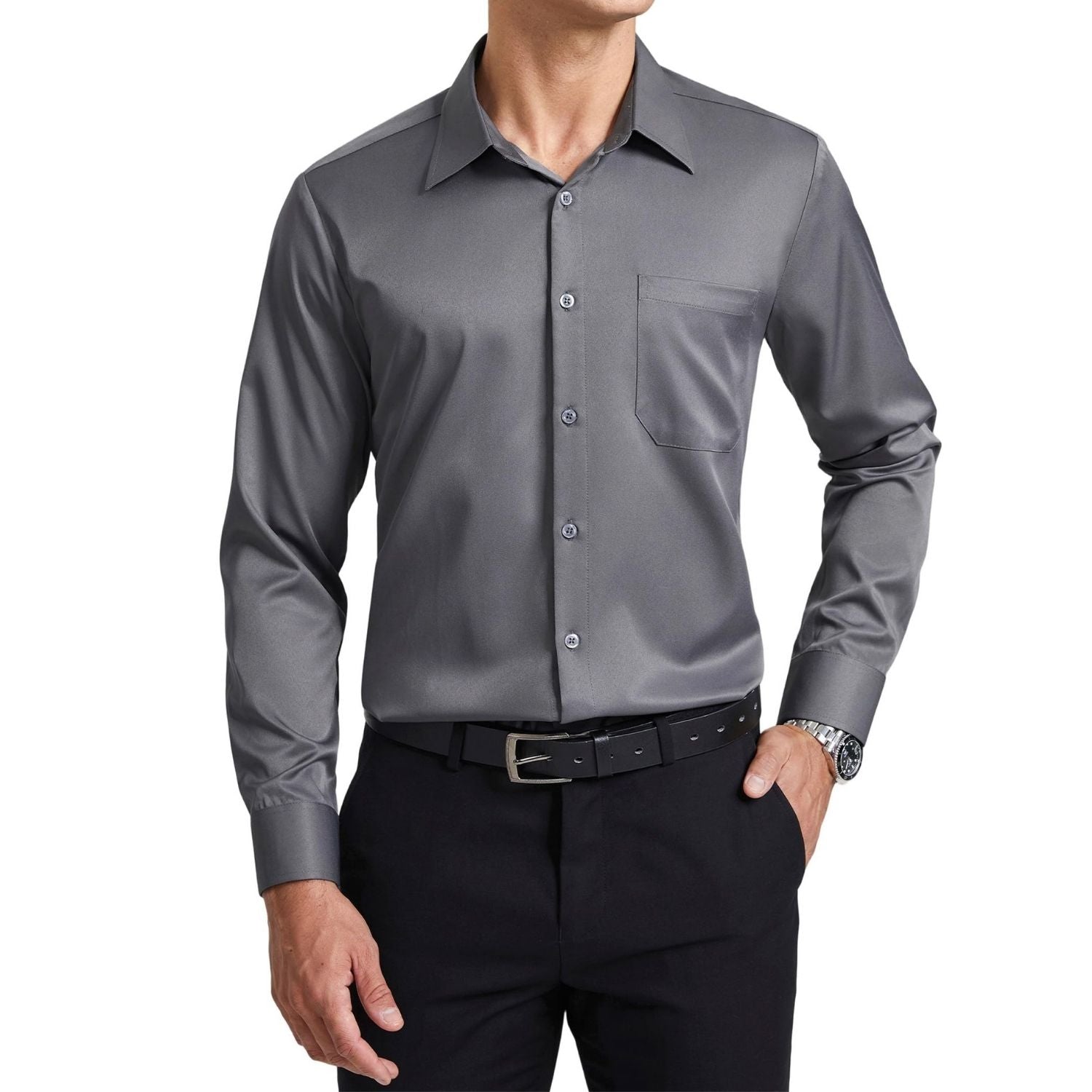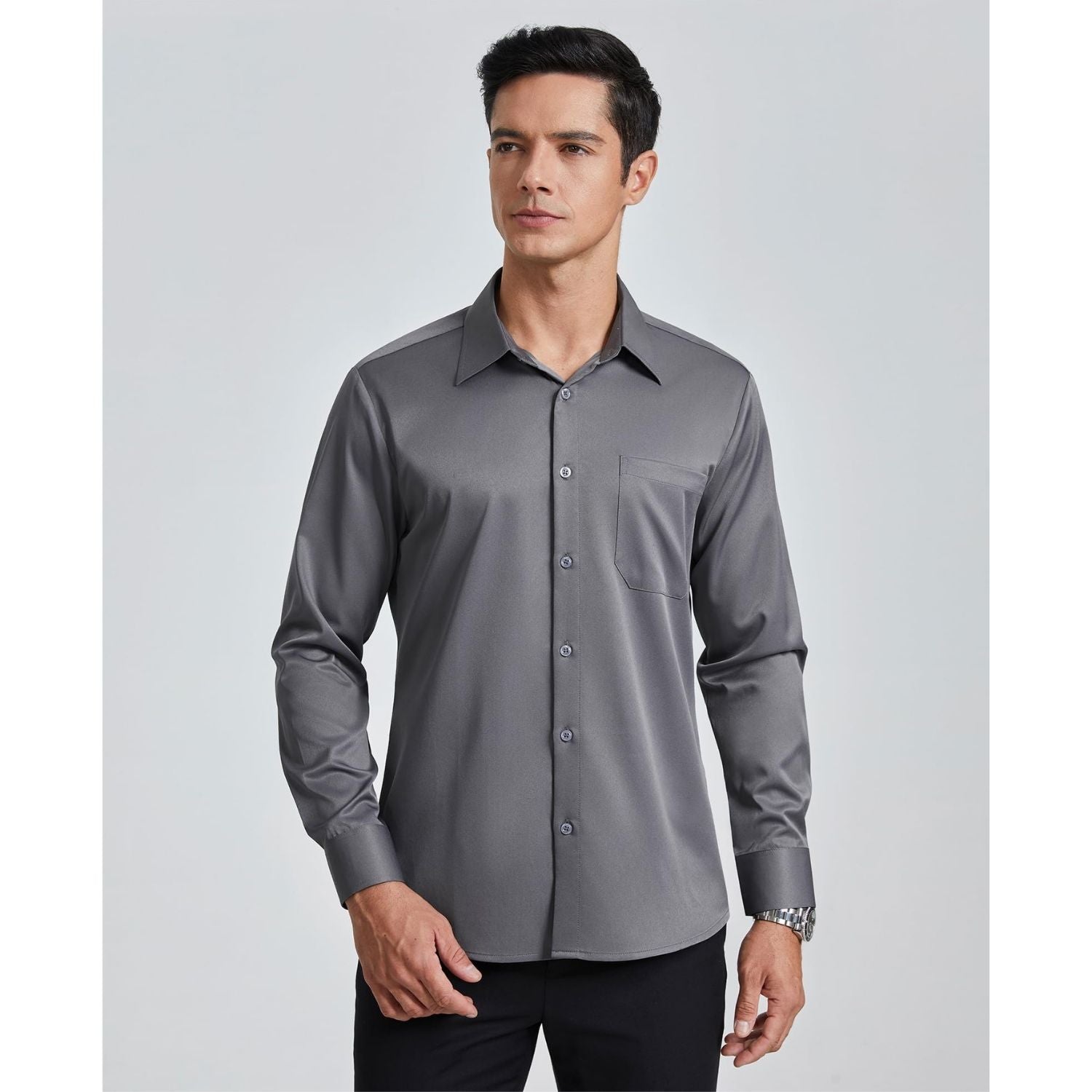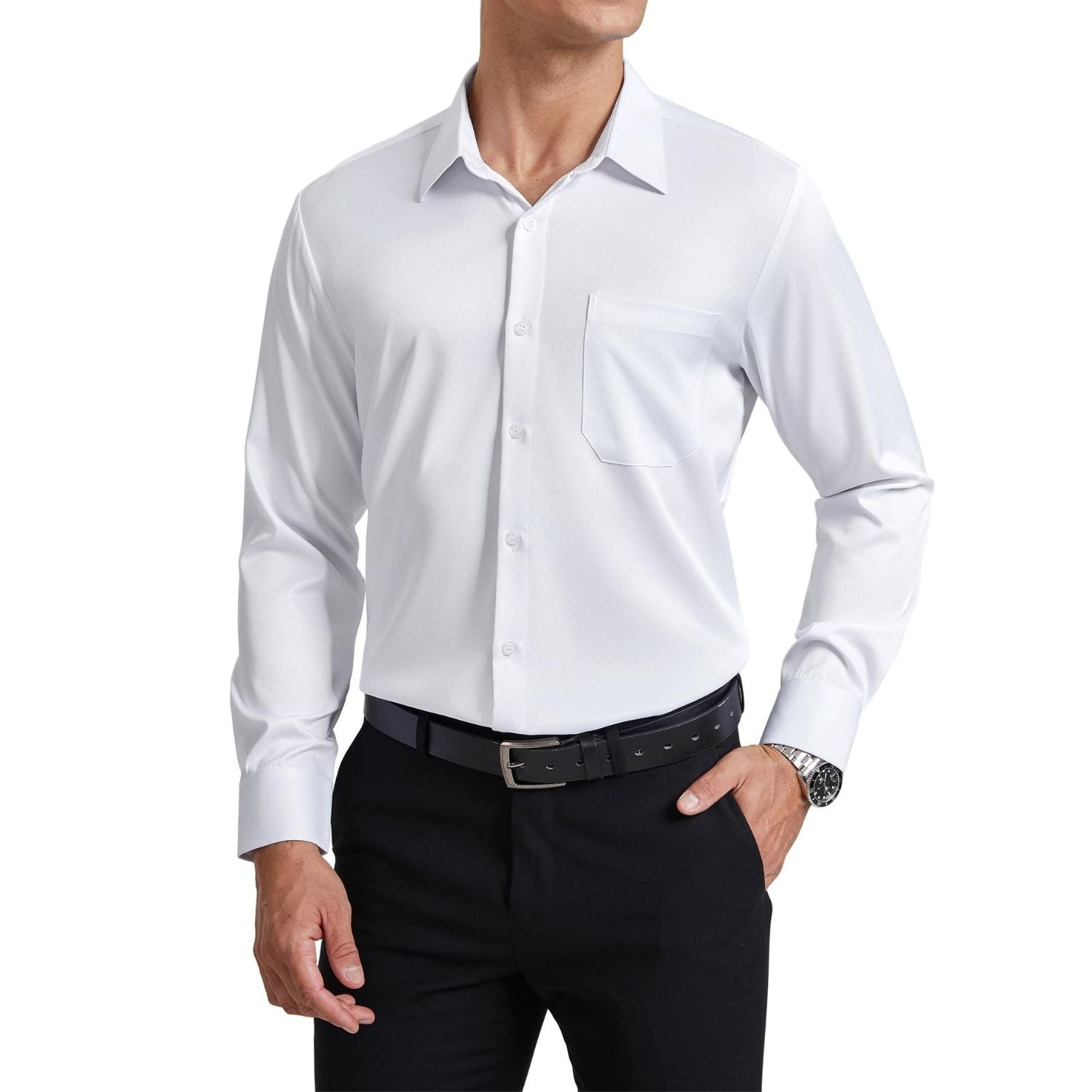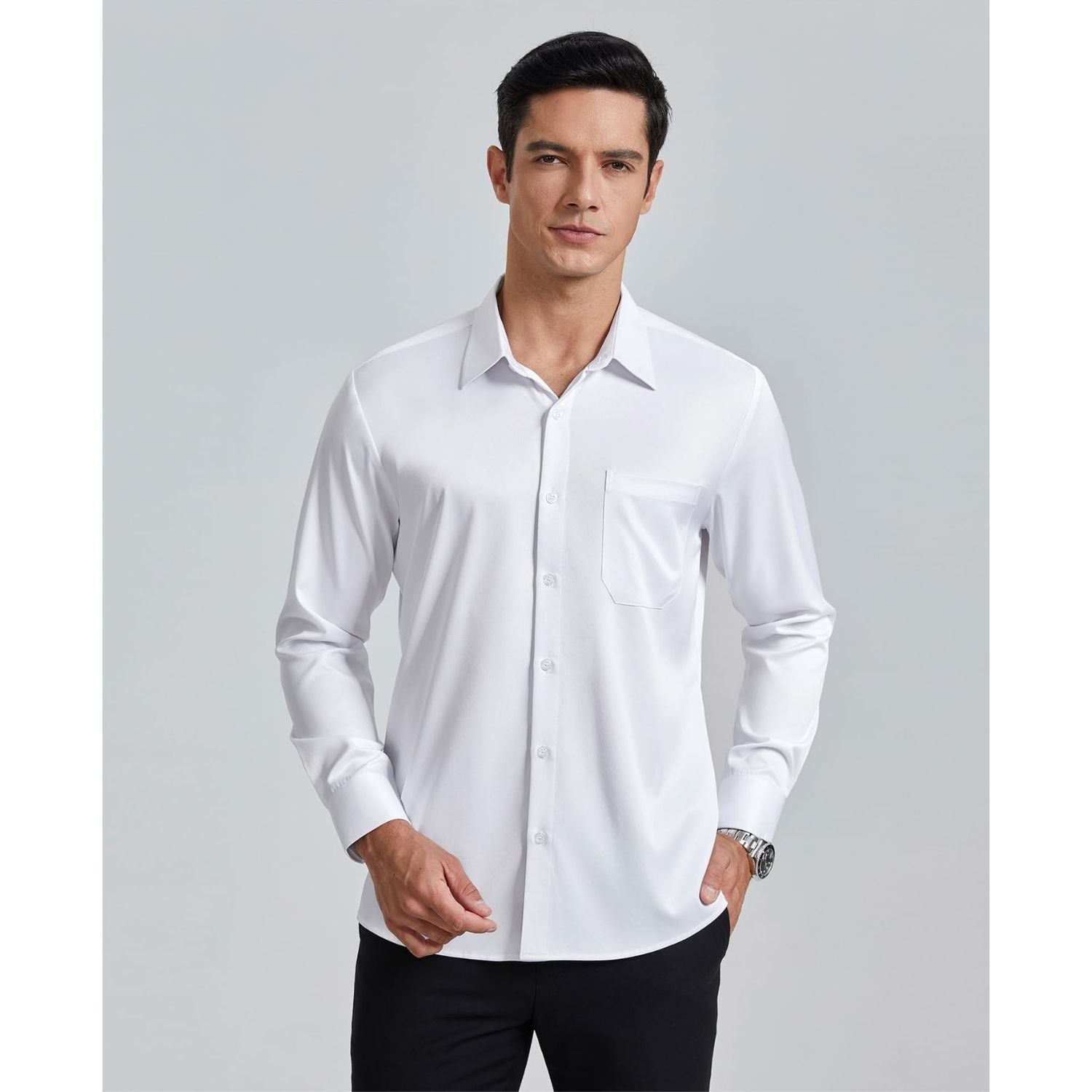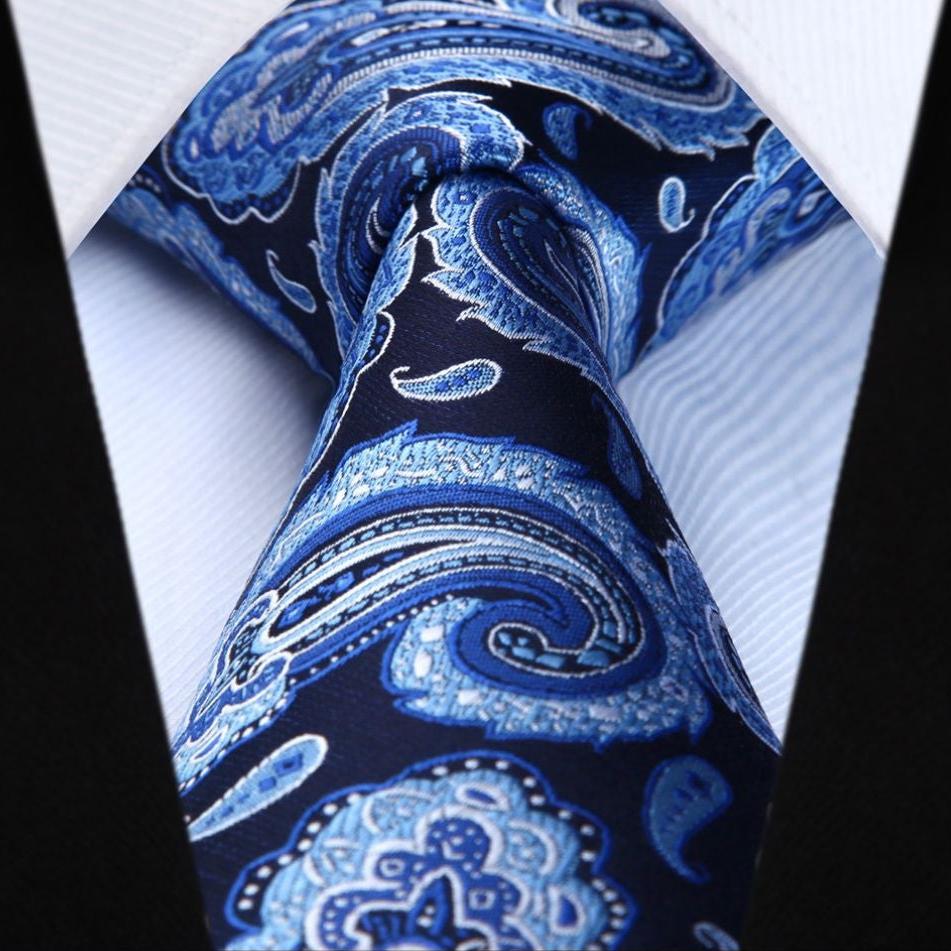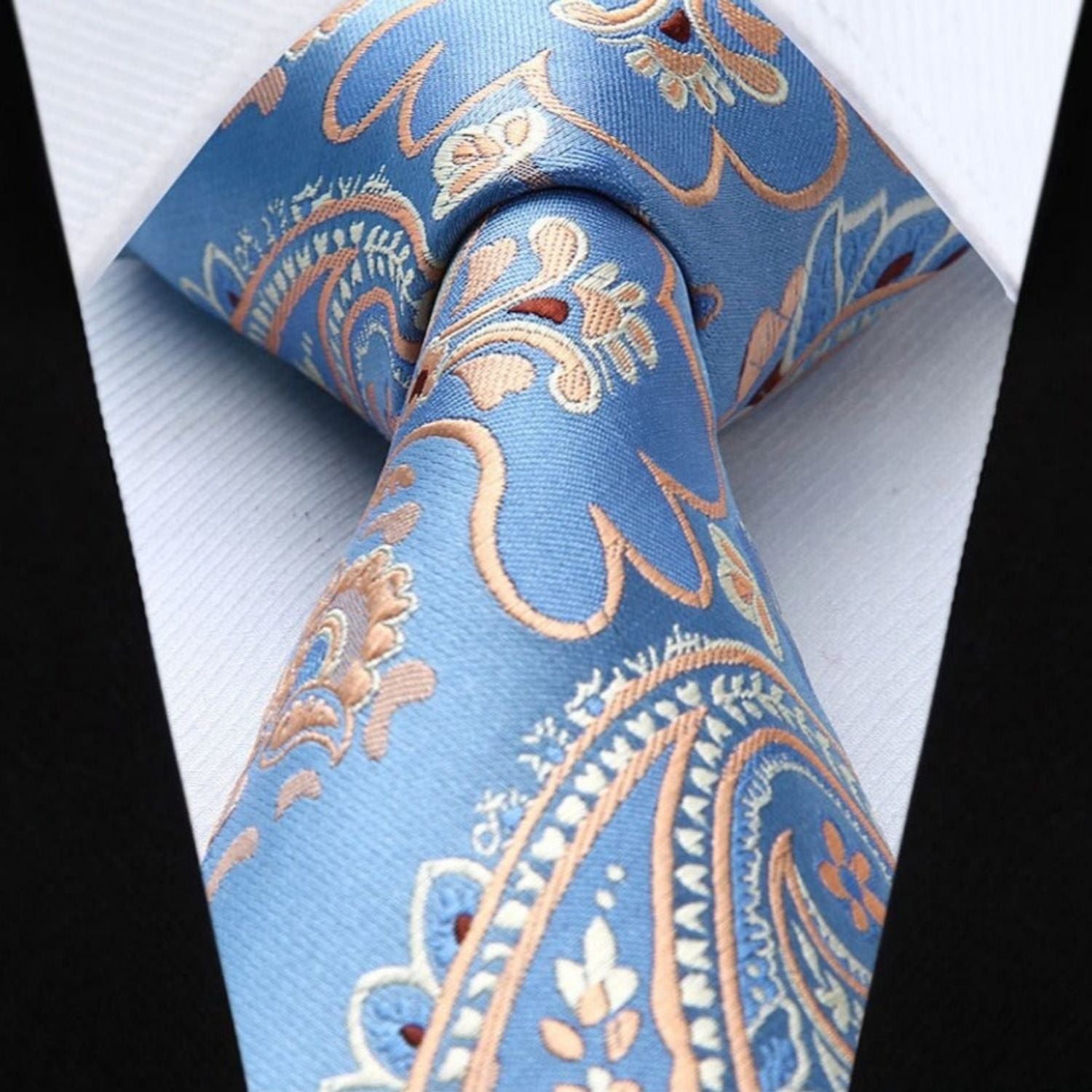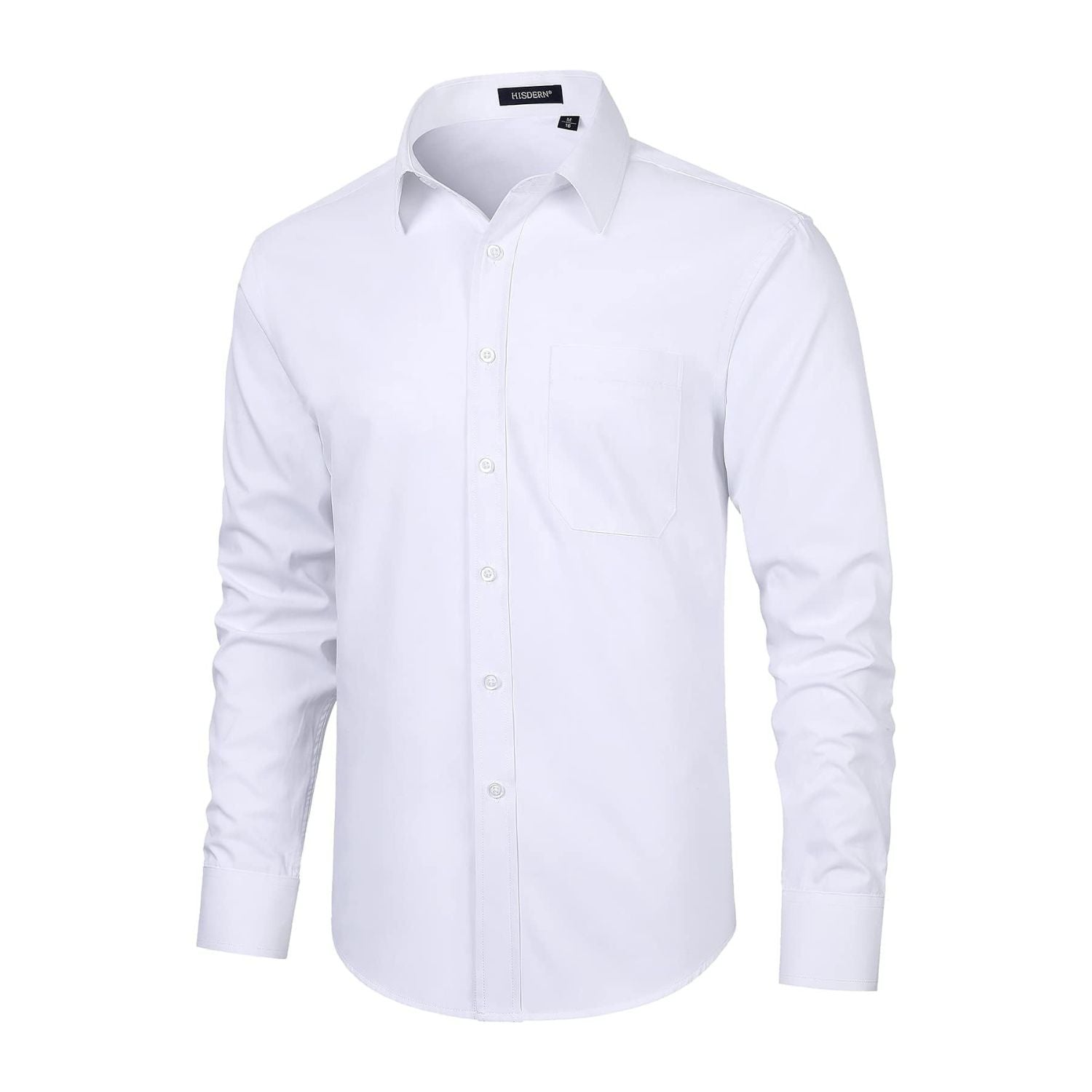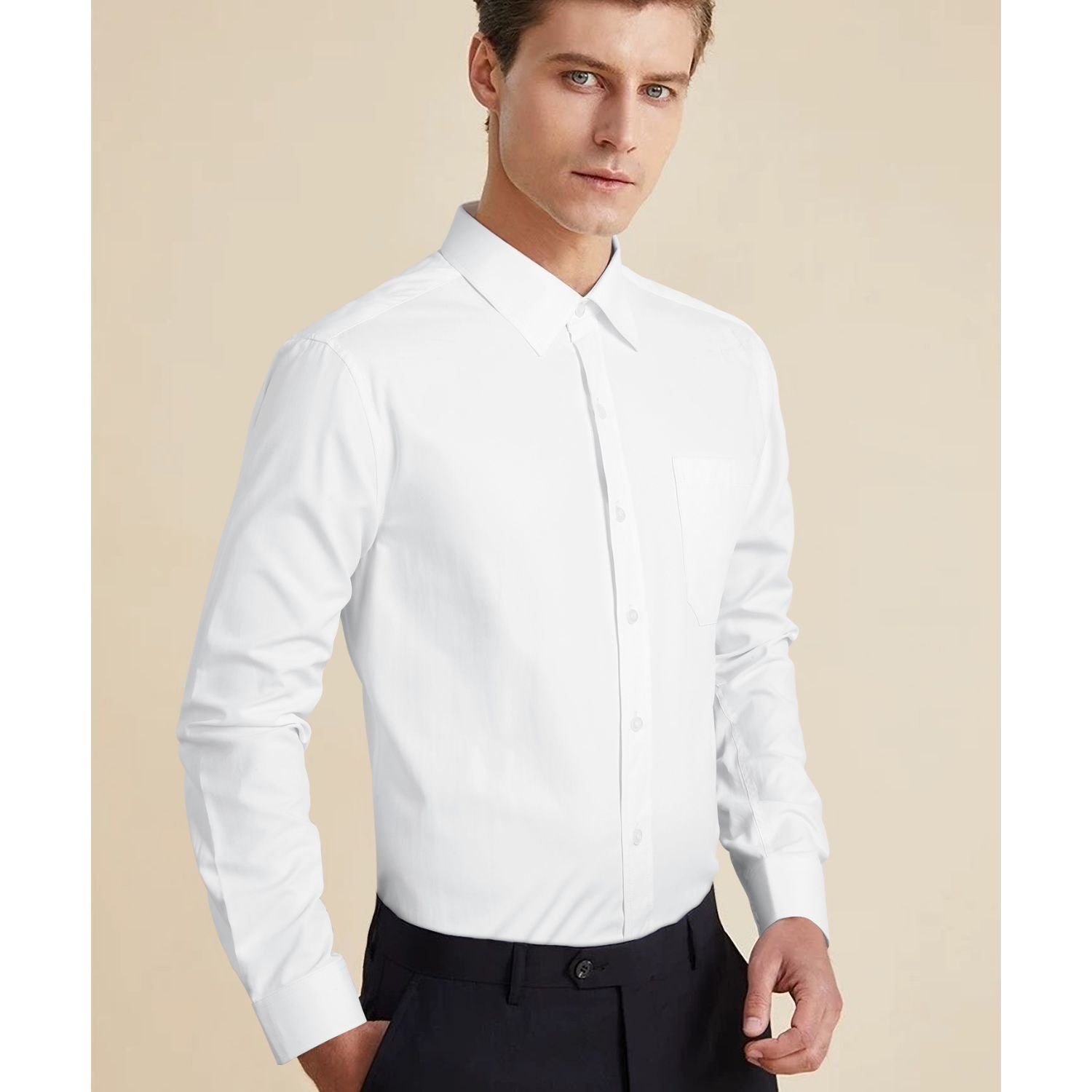The History of Silk: A Journey Through Time and Luxury
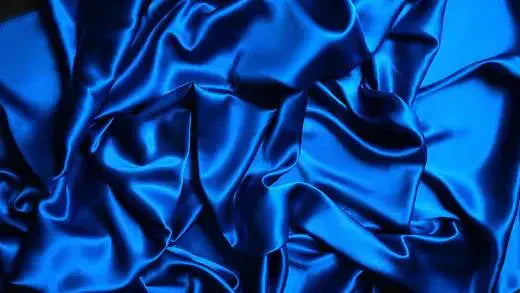
Silk is a paradoxical fabric. It’s prized for its use in fine clothing, yet it comes from a humble insect! It’s both delicate and fine, yet strong and durable. It’s stunning with its luxurious sheen, yet comfortable and breathable.
Gentlemen of discerning taste often have a lot of silk in their wardrobes, but rarely do they think about what silk is and why it’s so important.
Uncover the mysteries of this extraordinary fabric as we explore the history of silk, its journey to becoming a prized trade commodity, and its enduring relevance in the modern world.

The History of Silk
The history of silk, the queen of fabrics, can be traced back 5,000 years to ancient China.
Legend has it that Empress Leizu was sipping tea under a majestic mulberry tree when a silkworm cocoon fell into her cup and unraveled into a long silk thread. Empress Leizu appreciated the benefits and potential of mulberry trees, so she began to plant them, invented the silk reeling machine that spun silk into thread, and invented the first silk loom. It may be said that Empress Leizu invented silk, but it is more accurate to say that she discovered silk.

Engraving of silk manufacturing in China, stretching the silk threads on a loom, 16th century.
Sericulture – the raising of silkworms for silk production – became an important part of China’s economy and culture. The Silk Road, a network of trade routes linking China to the Mediterranean, played a vital role in the spread of precious Chinese silk and facilitated the exchange of ideas, technology and culture. If the Silk Road were the end of the story, the importance of silk would be easy to understand, but of course, it was only the beginning.
By medieval Europe, silk had become a symbol of wealth and nobility. It became synonymous with high fashion and adorned the nobility and upper class. The Renaissance saw a surge in the use of silk in clothing, tapestries, interior decoration and artwork, shaping the cultural landscape of the time.

Example of an embroidered silk waist coast, France, 1785.
As silk’s uses continue to evolve, its association with luxury goods persists in the modern world. From high-end bedding and medical textiles to skincare and even the untapped potential of biodegradable electronics, silk’s unique qualities make it a sought-after material for a wide range of industries beyond fashion. Its smoothness, breathability, and hypoallergenic properties continue to make it popular.
How Silk Is Made
In ancient times, silk production was a labor-intensive process.
Specially bred silkworms are raised on mulberry leaves and, once they reach a certain size, they spin a continuous stream of silk into a protective cocoon that can sometimes be over three feet long.
To harvest silk, the cocoons are carefully collected before the moths emerge from the womb and gently boiled to soften sericin, a natural glue-like substance that binds the threads together. Skilled artisans then spin the fibers into the finest threads, ready to be woven into luxurious fabrics.

Silk production today is theoretically the same as it was in the past, but modern methods involve a more controlled environment and specialized breeding programs to ensure high-quality silk production. Compared to boiling the cocoons, soaking in steam or hot water helps soften the sericin, making the silk fibers easier to unravel. Advances in machinery and automation have also streamlined the production process, making reeling and thread processing more efficient.
After silk is spun, woven, and dyed, it needs to be carefully post-processed to enhance its texture, luster, and overall quality. This may involve treatments such as bleaching, sizing, or polishing.

The Role of Silk in Menswear
Silk has played an important role in menswear for centuries, adding a touch of elegance, comfort and luxury to a variety of garments.
Suits and garments made of silk and silk blends are lightweight, breathable and comfortable to wear. Silk’s natural fibers help regulate body temperature, keeping the wearer cool in hot weather and warm in cold weather.

Man wearing a lavishly decorated traditional silk thobe, Arabian Peninsula.
As we at Hisdern know well, a silk bow tie has a beautiful hold, a silk cravat creates a sophisticated and elegant bow tie, and a silk pocket square has a perfect drape.
From casual and work suits to cocktail attire and the most formal dress codes, silk adds stunning sophistication and elegance to every aspect of a man’s wardrobe.
What role does silk play in your life? Share your favorite silk accessories with us—tag @Hisdern on Instagram and Facebook! If you need help shopping for the perfect silk accessory, contact our team or visit our store in Fort Mill, SC.

